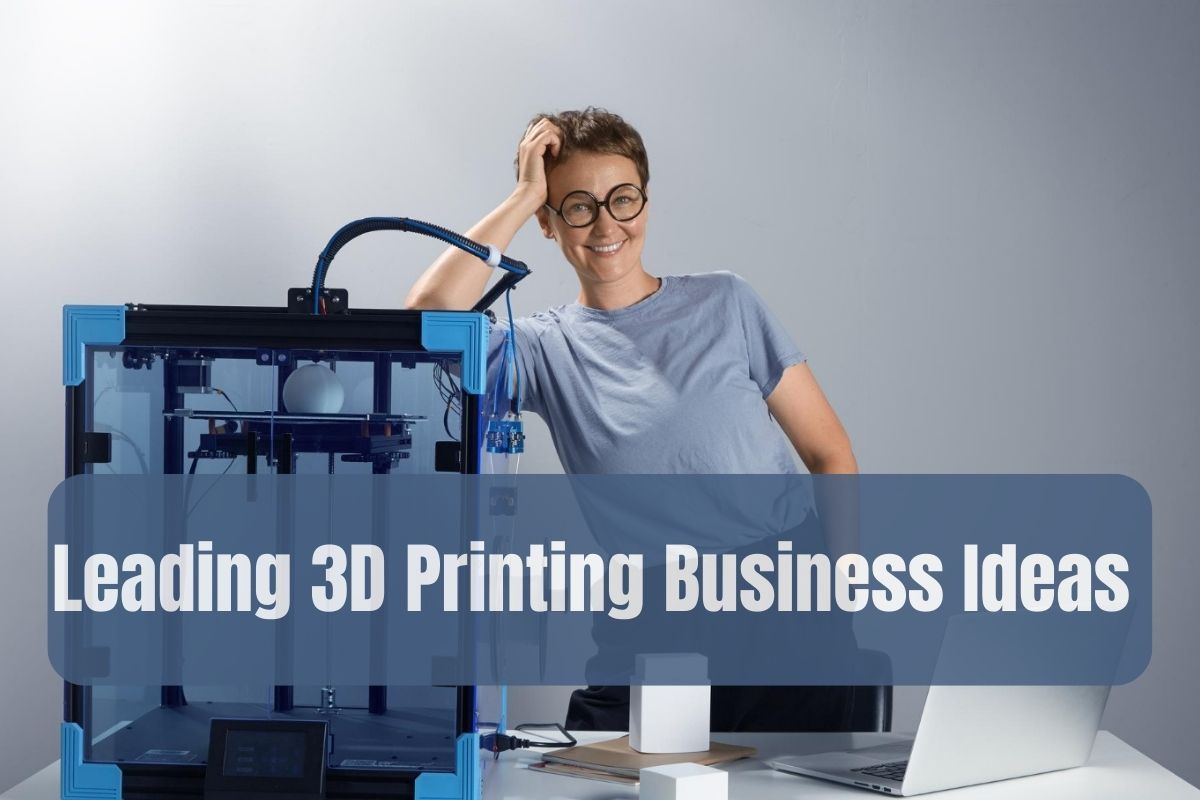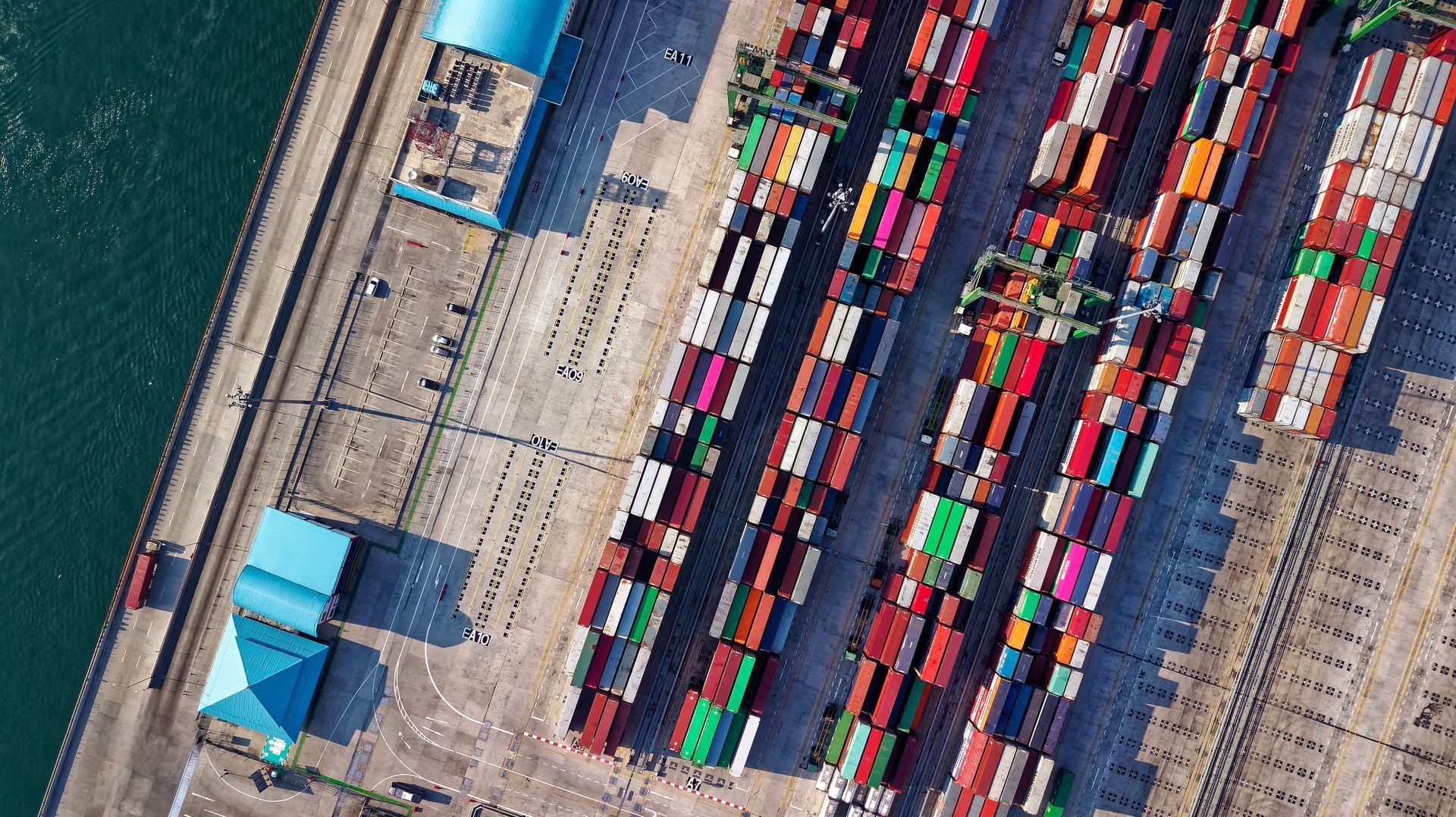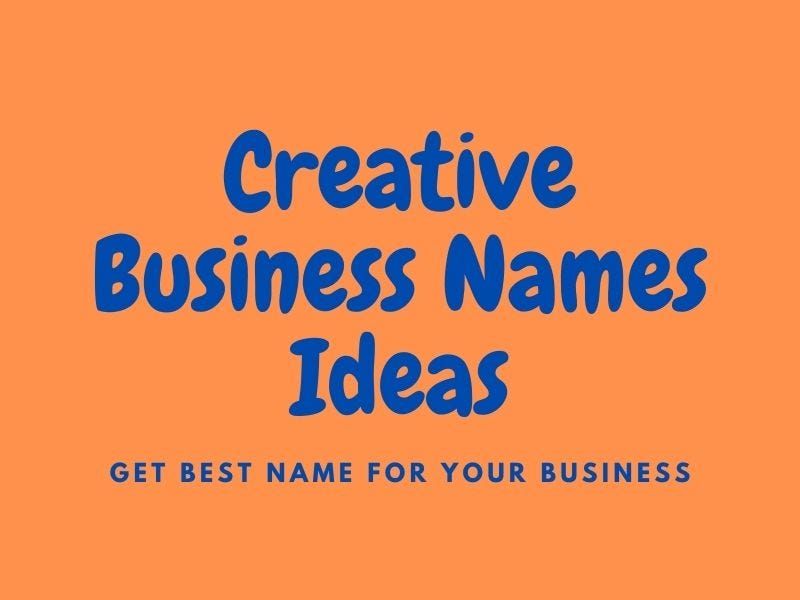By Muhsin kayikci
•
07 Jan, 2024
The Comprehensive Guide to Third-Party Logistics (3PL) for Businesses: Unveiling Smarrtseek's Path to Streamlined Operations In the intricate landscape of supply chain management, understanding the pivotal concept of Third-Party Logistics (3PL) stands as a cornerstone for businesses striving to streamline their operations. But what exactly is 3PL, and why does it hold such significance? In this comprehensive guide, we'll delve deep into the realm of 3PL, exploring its multifaceted dimensions, uncovering its benefits, discussing potential drawbacks, and shedding light on various aspects related to 3PL companies and providers. Whether you're an aspiring entrepreneur or a seasoned business professional, this guide, tailored for Smarrtseek, aims to illuminate the realm of 3PL, offering insights to help elevate your enterprise. Let's embark on this enlightening journey! Table of Contents What is 3PL? The Third-Party Logistics Process The Benefits Of Third-Party Logistics The Disadvantages of 3PL What Are the Types of 3PL Companies? How to Choose a 3PL Provider? Conclusion Start selling on Alibaba.com FAQs What is 3PL? 3PL, standing for third-party logistics, epitomizes a comprehensive supply chain service proficient in managing stock reception, warehouse inventory management, and order fulfillment for multiple e-commerce clients. Commonly referred to as fulfillment companies or warehouses, 3PL providers offer core services encompassing warehousing, inventory tracking, picking, packing, and shipping. Moreover, some 3PL entities extend their services to include freight shipping, kitting, and reverse logistics (returns). These specialized companies cater to diverse fulfillment needs, from cold storage for perishables to handling hazardous materials. Beyond warehousing and distribution, 3PL augments support through services like data analytics and demand planning, aiming to optimize supply chain efficiency for businesses. The Third-Party Logistics Process The 3PL process is intricate, involving several pivotal aspects that contribute significantly to the fulfillment process. Let's dissect the primary elements of 3PL and explore their roles in enhancing the fulfillment process: E-commerce Platform Integration Seamless integration with E-commerce platforms stands as a critical aspect of 3PL. As the realm of online retail continues its rapid expansion, effective 3PL providers ensure seamless synchronization of their systems with diverse E-commerce platforms. This integration not only streamlines order processing and inventory management but also enriches the overall customer experience by providing real-time visibility into order status and inventory levels. FTL And LTL Freight Shipping And Receiving Efficient management of Full Truckload (FTL) and Less Than Truckload (LTL) shipping and receiving serves as another pivotal pillar of 3PL. FTL refers to freight shipping where merchandise belongs to a single company, while LTL allows multiple companies' merchandise to be shipped together. These two shipping models within 3PL alleviate the hassle and cost of managing shipping in-house, especially for frequent large or wholesale orders. Inventory Management Once goods arrive at warehouses, adept inventory management becomes imperative. 3PL companies boast expertise in inventory management, often employing advanced technologies for real-time stock tracking, averting stockouts or overstock situations, and heightening order accuracy. By entrusting 3PL management to specialized providers, businesses achieve optimal stock levels, reduce carrying costs, and ensure product availability as needed. Picking, Packing, And Shipping At the core of order fulfillment lies the trifecta of picking, packing, and shipping. When a consumer places an order, warehouse staff identify the items on shelves, properly package them to withstand the rigors of shipping, and ensure timely collection by the designated carrier. Same-Day Shipping The practice of same-day shipping expedites the fulfillment process, leading to higher levels of customer satisfaction. Generally reducing delivery times by a day or two, same-day shipping necessitates a cutoff time for order processing, with orders placed after this time scheduled for the following day. Reverse Logistics Reverse logistics encompasses the strategic management of product returns and the flow of goods from customers back to manufacturers or retailers. Certain merchandise, such as clothing, often boasts higher return rates, necessitating adept handling by 3PL warehouses. They manage returned goods, inspect them for damages, and determine their suitability for restocking or alternative measures. By entrusting the intricacies of handling returns and related logistics to 3PL companies, business owners can focus on core operations, enhancing overall efficiency. The Benefits Of Third-Party Logistics The advantages of Third-Party Logistics (3PL) are multifaceted, offering businesses strategic advantages across various facets of their supply chain and operations. Let's delve into the detailed benefits: Cost Efficiency: Embracing Third-Party Logistics (3PL) presents a cost-efficient solution for businesses. Outsourcing logistics to 3PL companies slashes overhead expenses, leading to substantial savings. Expanded Logistics Options: The realm of 3rd party logistics companies offers diverse service levels, granting business owners the freedom to choose services that align with their needs. Enhanced Supply Chain Stability: 3PL contributes to a more stable supply chain by leveraging the expertise and resources of logistics partners. This empowers businesses to navigate market fluctuations, mitigate risks, and maintain a consistent flow of goods. Expeditious Order Processing & Delivery: Swift order fulfillment is attainable by partnering with a 3PL provider with strategically positioned warehouse facilities, ensuring prompt delivery of orders. The Disadvantages of 3PL While ecommerce 3PL holds numerous promises, certain aspects may limit its feasibility to some extent: Upfront Cost: A significant drawback of 3PL lies in its upfront cost. Engaging with external logistics providers often incurs various expenses, including transportation, warehousing, pick-and-pack, among others, which might burden smaller-scale businesses or those with limited capital. Reduced Workflow Control: Entrusting logistics functions to a third party entails a potential reduction in direct oversight. Businesses might find it challenging to monitor processes in real-time and make immediate adjustments, potentially impacting responsiveness and customization in logistics. What Are the Types of 3PL Companies? It's noteworthy that 3PL companies encompass various subdivisions. Here are several types: Full-Service Provider: Offering end-to-end logistics solutions, full-service 3PL providers manage the entire supply chain, from transportation and warehousing to distribution and fulfillment. 3PL Warehouses: Focused primarily on storage and distribution, specialized 3PL warehouses offer secure, efficient storage solutions, optimizing inventory management and order fulfillment. Transportation-Based 3PLs: These entities excel in managing the movement of goods, optimizing transportation routes and carrier selection, thereby enhancing efficiency and reducing shipping costs. Financial and Information-Based 3PLs: Specializing in managing financial aspects and information flow within the supply chain, they ensure accurate financial transactions and efficient fulfillment-related information. How to Choose a 3PL Provider? As your business scales, choosing the right 3PL provider becomes crucial. Consider these factors for a successful partnership: Know Your Needs: Assess your current and future needs, considering factors like order volume and unique supply chain aspects. Evaluate Technological Capabilities: Analyze potential partners' technological capabilities, ensuring seamless integration with your existing systems. Scalability: Partner with a 3PL capable of scaling operations in line with your business growth. Customer Service: Assess the responsiveness and accessibility of the provider, contributing to a smoother logistics process and greater customer satisfaction. Conclusion Embracing Third-Party Logistics (3PL) stands as a strategic move for businesses seeking streamlined supply chain operations. By gaining a profound understanding of what is 3PL, its merits and demerits, 3PL company types, and tips for selecting the right partner, Smarrtseek and similar businesses can leverage professional 3PL services to optimize logistics, fostering operational excellence in their e-commerce endeavors.






























